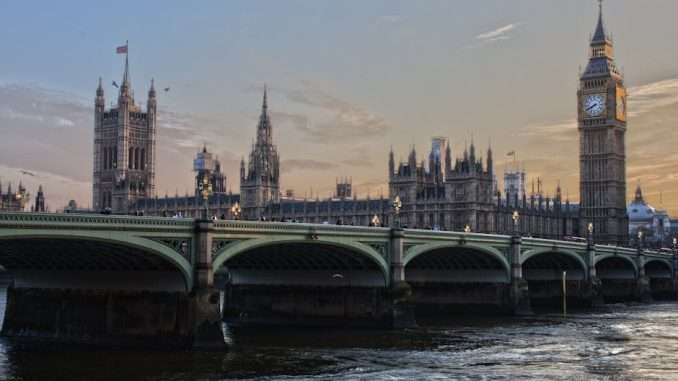
At the threshold of transformative urban development, the United Kingdom anticipates the role Prince William, the Duke of Cambridge, will play in ushering in an era of ingenuity and ecological consciousness. As the reigning Duke of Cornwall, he oversees an impressive 52,449 hectares of land, a position that combines historical prestige with the potential to significantly influence British town planning. His vision could potentially shift construction trends and reshape the concept of living spaces within the nation.
Assuming the Duchy of Cornwall title is more than a mere formality for Prince William; it signifies a pivotal shift in urban design and planning. The Duchy, an estate deeply entwined with the royal family’s lineage, was created to sustain the heir apparent and now acts as a vessel for Prince William’s growing clout in urban development. At the vanguard, he could profoundly shape the construction industry, promoting new benchmarks in quality, innovation, and, most importantly, sustainability.
The proposed Faversham, Kent development exemplifies the Duchy’s influential role in urban landscape creation. This project, under Prince William’s vigilant oversight, is as bold as it is reflective of his approach. It highlights the contrast between the Duchy’s preference for meticulous, opulent construction and the industry’s tendency to prioritise speed and profit. Decisions made here could extend well beyond the local sphere, potentially recalibrating national urban planning strategies and defining new standards for future developments.
Prince William’s engagement in town planning and architecture is a continuation of the royal family’s longstanding involvement in these fields. The Royal Pavilion in Brighton, a fantastical structure commissioned by the future George IV, and Queen Victoria’s recognition of Prince Albert’s architectural acumen, exemplify the royal family’s historic influence on the UK’s architectural direction. However, royal forays into architecture have occasionally sparked public debate, as evidenced by Charles III’s polarising views in the 1980s when he was the Prince of Wales. In contrast, Prince William has maintained a discreet stance, fostering intrigue regarding the path he will carve for British town planning.
Despite the Duke of Cambridge’s quietude, the potential for transformative change within his role as Duke of Cornwall is substantial. The Duchy’s development projects, championing quality and community welfare, could set a new precedent for sustainable development. This considered approach to urban planning has the power to not only revise the built environment but also to lay down a blueprint for future construction practices.
As Britain navigates the juncture between its heritage and contemporary aspirations, Prince William’s influence on the construction industry is poised to be significant. His decisions, carrying the gravity of his title and the expectations of the nation, could direct the course of British architecture, affecting a range of projects from modest housing to comprehensive urban planning policies.
The Duke’s emergence as a pivotal figure in the dialogue of British town planning marks a critical juncture, bridging royal influence with the collective destiny of national development. With the authority of the Duke of Cornwall and his strategic place within the royal echelon, he has the opportunity to spearhead a renaissance of architectural innovation and sustainable urban progress. The nation watches attentively as his decisions may well recast the framework of British town planning, forging a legacy that harmonises the charm of historical legacy with the demands of forward-thinking advancement.


Be the first to comment